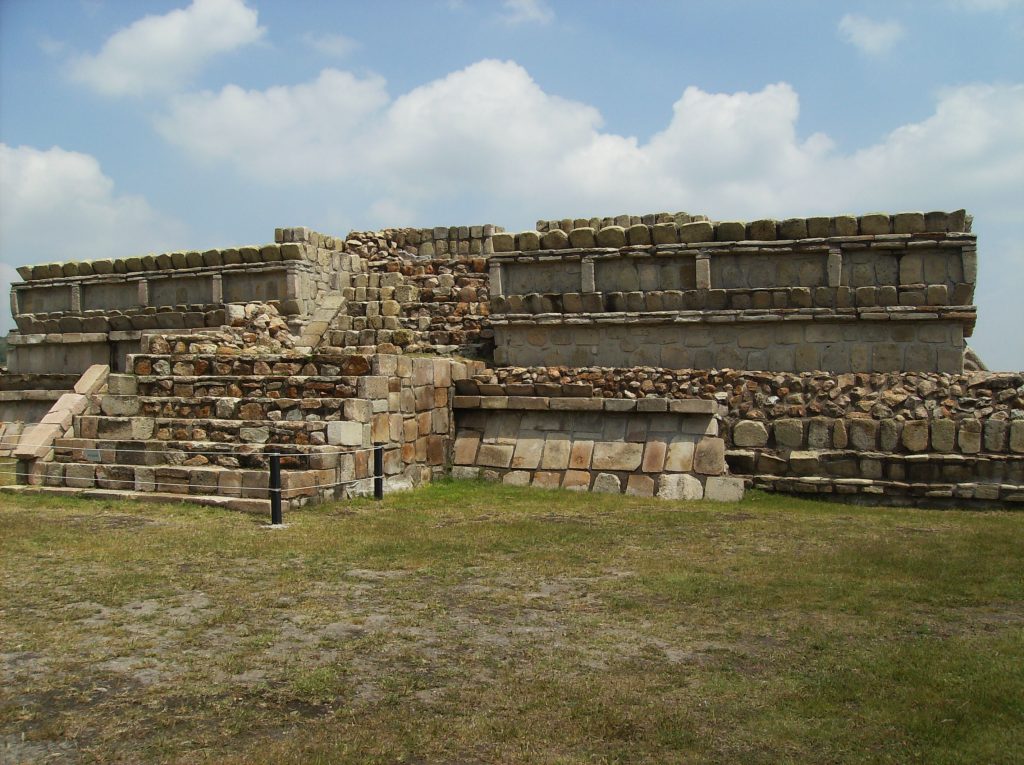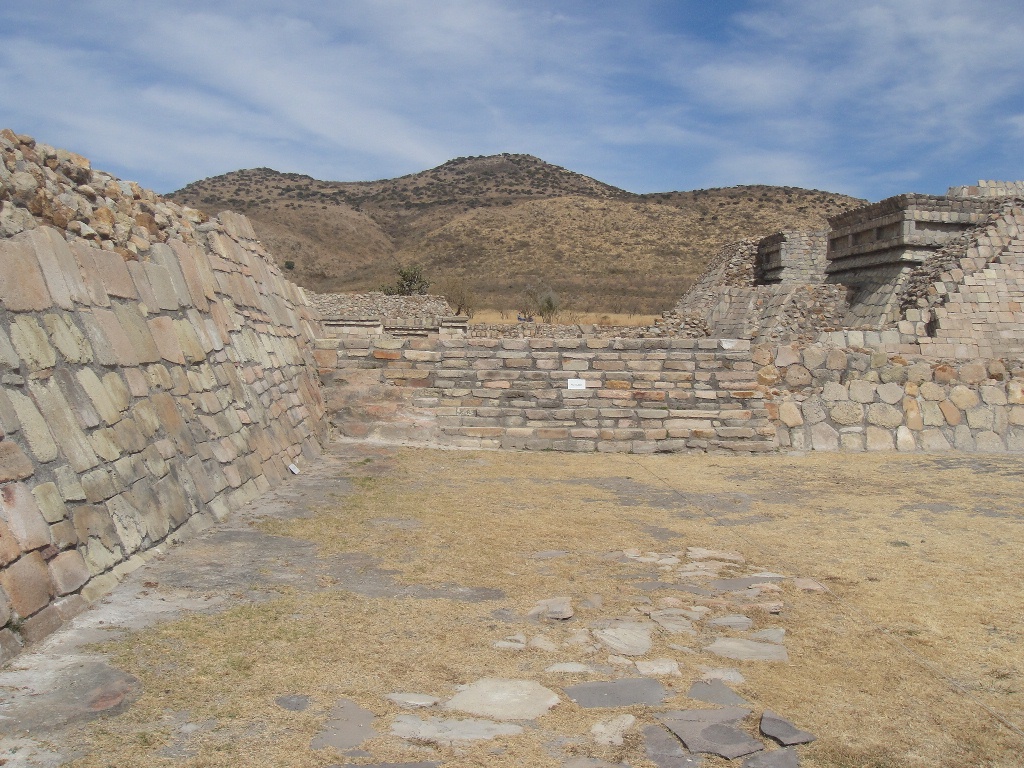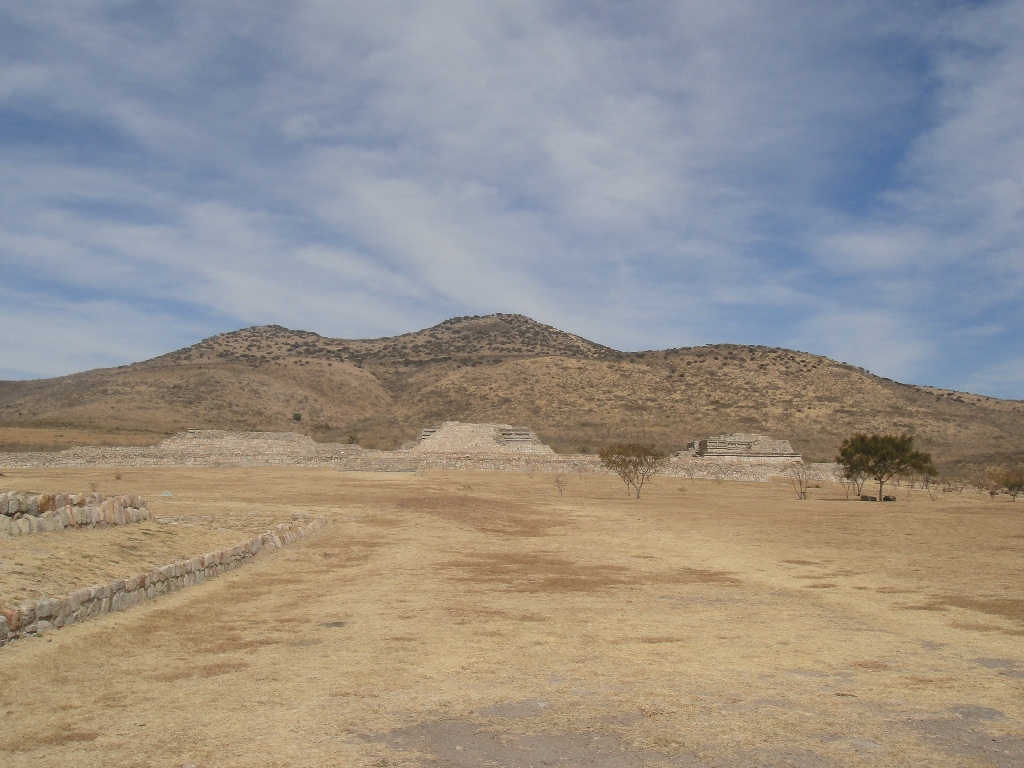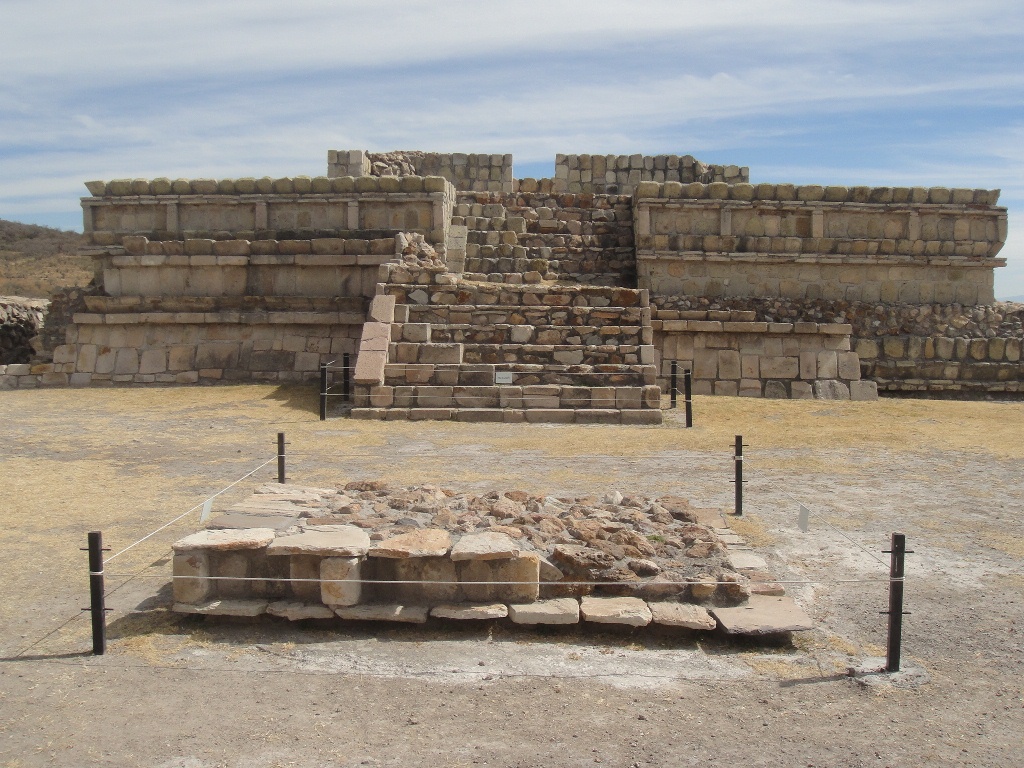Background
Plazuelas, a significant prehispanic archaeological site, is situated in the state of Guanajuato, Mexico. This site, which is open to the public, features a large, rectangular plaza dominated by pyramidal structures, platforms, and a massive ball court. To the north, a field of boulders adorned with thousands of glyphs adds to the site’s mystique. The settlement, originally larger, included a notable circular structure known as El Cajete, marking its eastern extent.
Get your dose of History via Email
The Instituto Nacional de Antropología e Historia (INAH) posits that the site reflects the confluence of various cultures, though the precise constructors of the city remain unidentified. It is believed that the hunter-gatherer Chichimecas inhabited the Bajio region towards the end of the postclassical period, succeeding many other sedentary cultures that had previously resided there.

Plazuelas, dating from 600–900 AD, shares similarities in settlement patterns with nearby archaeological sites such as Barajas and Peralta, suggesting a common cultural tradition in the Bajio region. This area was a hub for trade routes connecting central Mexico with northern and western Mesoamerica, facilitating the exchange of goods and cultural practices among the diverse societies inhabiting these regions.
Bajio Tradition
Recent archaeological endeavors have shed light on the Bajio region’s rich prehispanic past, challenging earlier perceptions of it as a marginal area of little archaeological interest. Studies have revealed a complex society that thrived during the Mesoamerican classical period (300–700 AD), characterized by notable agricultural development, social and political organization, and deep cultural roots. This society, now recognized as part of the Bajio tradition, played a significant role in the broader Mesoamerican cultural landscape, serving as a vital link between the central, northern, and western cultural areas of Mexico.

Chichimeca
The term Chichimeca was broadly used by the Nahua peoples to describe various semi-nomadic groups inhabiting northern Mexico and the southwestern United States. These groups, which included the Guachichiles, Pames, and Zacatecos, were known for their warrior-like, semi-nomadic lifestyle, largely devoid of agriculture or city construction. However, some Chichimeca groups, such as the Chichimeca Jonaz, maintain a distinct identity to this day.
The Site
Plazuelas was constructed on an artificial plateau, featuring a civic-religious complex and a ballgame court. The site’s architecture and glyphs suggest the worship of elemental deities, with symbols representing water, earth, fire, and wind prevalent throughout. The site’s layout, including the Casas Tapadas complex and the ballgame court, reflects a sophisticated understanding of urban planning and religious symbolism.

Petroglyphs and Sculptures
The site is notable for its extensive petroglyphs, which depict a wide range of motifs including zoomorphic figures, geometric shapes, and architectural plans. These engravings offer valuable insights into the cultural and religious practices of the site’s inhabitants. Additionally, fragments of anthropomorphic stone sculptures found at the site provide clues to the societal and ritualistic aspects of life in Plazuelas.
Conclusion
Plazuelas stands as a testament to the complex cultural dynamics that characterized the prehispanic Bajio region. Through its architectural and artistic expressions, the site offers a window into the lives of the societies that once thrived in this fertile and strategically located area. As archaeological research continues, the mysteries of Plazuelas and its place within the broader Mesoamerican tradition will undoubtedly become clearer, shedding light on the rich tapestry of cultures that shaped the history of prehispanic Mexico.
Source: https://en.wikipedia.org/wiki/Plazuelas

